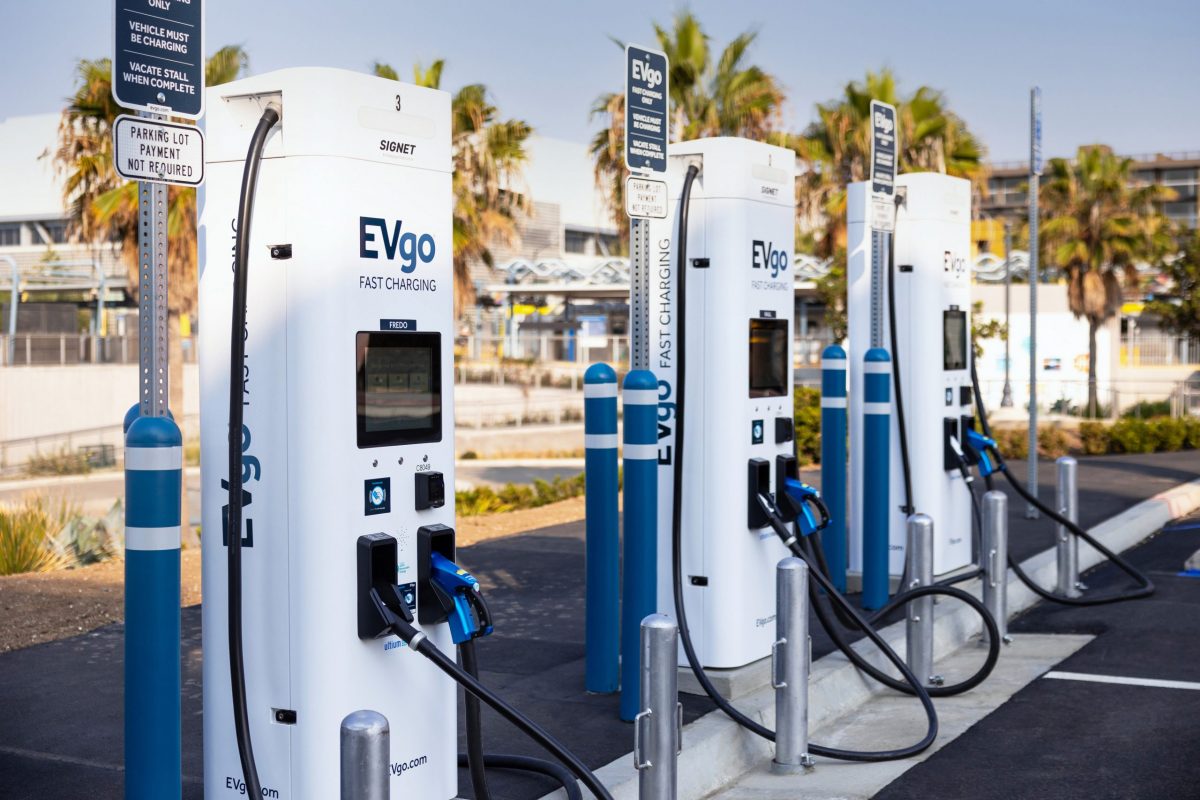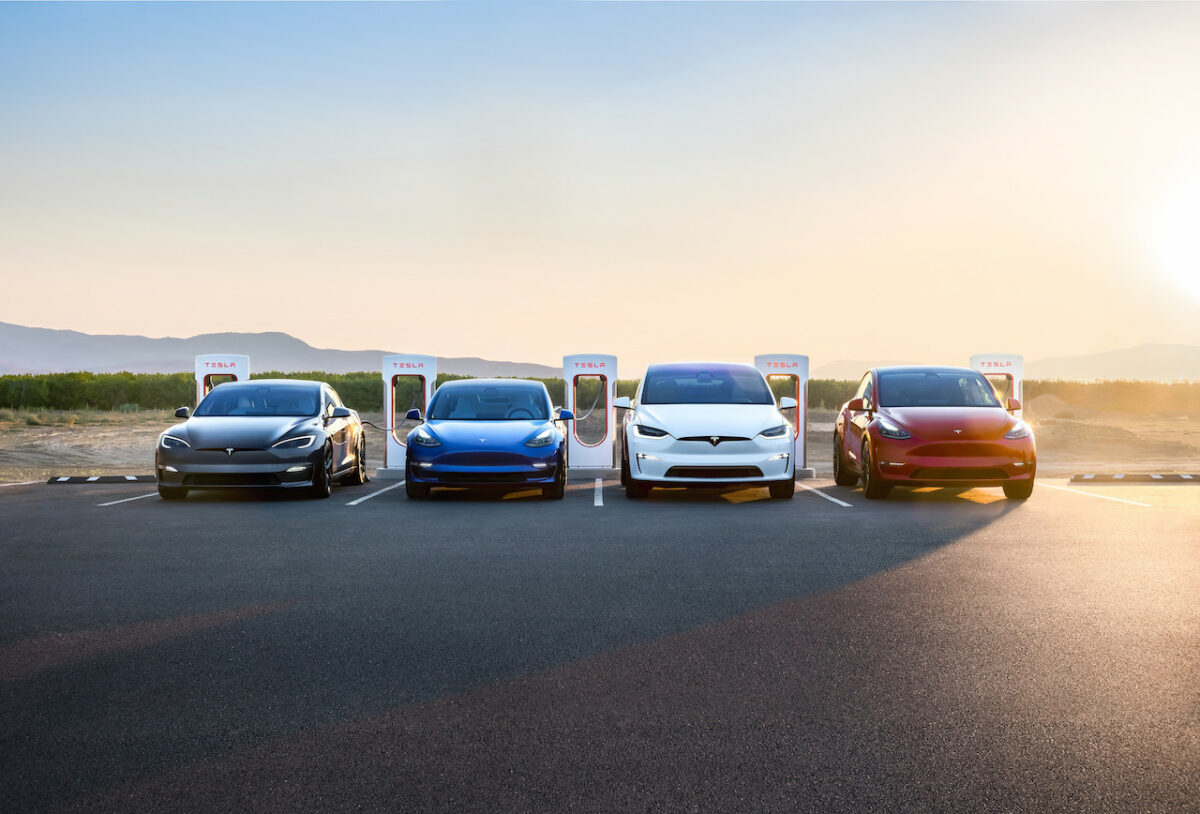Autonomous driving and artificial intelligence may dominate the headlines, but the future of mobility does not change the need to keep moving parts running smoothly. Indeed, lubrication may not be at the forefront of the industry’s mind amid talk of shared mobility services and driverless cars, but without continued innovation in performance chemicals, these vehicles would soon grind to a halt.
Most passenger car powertrains will continue to rely on internal combustion engines (ICE) for the foreseeable future, but electrification is increasing with each model cycle. As of 2019, every new Volvo car will feature some degree of electrification; Volkswagen stated in March that it will launch 70 new electrified models over the next decade; and Toyota already offers varying degrees of hybrid powertrains across its model range.
At the same time, combustion engines are largely becoming smaller; rather than relying on cubic capacity for performance improvements, most units utilise forced induction to eke out additional power and efficiency. In tandem, all of these changes mean that performance fluids will need to be tailored for the complex demands of anything from a downsized three-cylinder gasoline engine all the way through to a full battery-electric powertrain.
Next-generation chemistry
Formulating new lubricants and chemicals that help to keep powertrains ticking along has become increasingly complex in recent years. Whenever a component or sub-system is electrified, the role of the ICE changes slightly, and fluids that may once have been ideal now need to be adapted. It is a change that needs to be embraced, according to speciality chemicals firm Lubrizol.
When shaping e-mobility solutions, we realised that our portfolio goes far beyond lubricants only. That is why we are embracing electrification because we truly see it as an opportunity to elevate our game
“The petrochemical industry is very aware of the disruption coming from electrification, and the question we all have to ask ourselves is whether we see it as a threat or an opportunity,” says Xavier Branquet, Global Lead, Electrification and E- mobility, OEM Group at Lubrizol. “When shaping e- mobility solutions, we realised that our portfolio goes far beyond lubricants only. That is why we are embracing electrification, because we truly see it as an opportunity to elevate our game.”
While a move away from the ICE would suggest lost business for a company that has built its legacy around the technology, Lubrizol is preparing for the next generation of mobility by expanding in two key product areas of electrified vehicle technologies, namely: ‘E- Powertrains’, which will include e-driveline fluids, hybrid- compatible engine oils, and e-greases; and the ‘E- Powerplant’, which will focus on battery cell chemistry, engineered polymers and thermal management fluids.
“The pace of electrification is accelerating so fast that most automakers and Tier 1s are concentrated on developing the hardware,” explained Branquet, “but the lubricant is rarely factored as a strategic engineering integrated component. Our technology solutions can help to push the boundaries, especially if factored in upstream of the product development process (PDP).”
A hybrid approach
Electrified powertrains have evolved the kind of fluids that are necessary to keep them running optimally, and Lubrizol is conscious that different electrified systems and driveline hybrid cycles can have an impact on elements such as transmissions fluids and the engine oil respectively.
The pace of electrification is accelerating so fast that most automakers and Tier 1s are concentrated on developing the hardware, but the lubricant is rarely factored as a strategic engineering integrated component
Electrified transmissions such as an electric double clutch transmission (DCT), for example, will have different requirements to a traditional DCT in terms of electrical and thermal conductivity as well as compatibility with a growing array of electrical components, wires, sensors and new materials, and electrical properties.
Then comes a requirement for so-called ‘e-greases’, which will be required for electric motors. “New generations of e- motors run far higher in terms of revolutions per minute— above 18,000—and thus will need dedicated e-greases to achieve energy efficiency, increased durability, noise reduction and reduced electric arcing,” explained Branquet. “We are also seeing the trend of the integration of e- motors, inverters and reduction boxes together. That will require one sole fluid to serve each individual element.”
Battery management
Lubrizol has also curated a set of solutions that are already being utilised across the battery ecosystem. From battery cell chemistry that includes electrodes insulation, materials for the electrolyte and engineered polymers for electrode binders to hyperdispersants—which provide electrostatic stabilisation—the company is far from reliant on the ICE.
The next generation of plug-in hybrids (PHEVs) is expected to feature slightly larger batteries to boost electric driving range from around 30 miles (48km) to 50 miles in future. This means that the E-Powerplant—the vehicle’s batteries and associated components—will become just as important as the ICE in propelling the vehicle.
New generations of e-motors run far higher in terms of revolutions per minute—above 18,000—and thus will need dedicated e-greases to achieve energy efficiency, increased durability, noise reduction and reduced electric arcing
“The battery landscape is becoming very important for us,” said Branquet. “It is important to consider what the dominant source of power will be, and not only for BEVs but also for hybrids. For example, in the PHEV of the future, you could drive in full electric mode all week long and only use the ICE on the weekend for longer drives. The battery and its operation, including thermal management, becomes an extremely important consideration.”
Lubrizol is even developing engineered polymers for electric vehicle (EV) charging ports, modules and cables, which among other things must be flame retardant, flexible and resistant to ultra-violet light. “This is why we embrace electrification because while some legs of our business will have less volume, it opens up new chemistry opportunities beyond automotive—even in the infrastructure business.”
Reliability
Despite the raft of changes under way, powertrain developers must ensure that all architectures continue to run at an optimal level. Among other things, that means keeping heat, friction and corrosion in check. The challenge is also to ensure that these powertrains arereliable.
“Durability becomes increasingly important because some transmissions, such as those in a battery electric vehicle (BEV), are designed to last for the vehicle’s life,” noted Branquet. “It is vital that the right fluid is used in the first place so that the vehicle operates at the desired level for its lifetime.”
‘Filled for life’ describes an automaker’s requirement for reliability. In this case, it means there should be no warranty issues up to a certain mileage— typically around 200,000 kilometres. Some manufacturers may cover the vehicle for its entire life cycle, which most gauge as being around 300,000 kilometres today. If the lubricant is not up to the task, it could spell mechanical disaster down the line.
When shaping e-mobility solutions, we realised that our portfolio goes far beyond lubricants only. That is why we are embracing electrification because we truly see it as an opportunity to elevate our game
“Durability and efficiency is a must-have, and this is where optimised electrical and material properties kick in,” said Branquet. Over time, ill- performing lubricants could lead to the deterioration of materials, such as gap fillers in an e-motor. This could lead to mechanical failure. In addition, oxidation could also occur,
leading to an increase in fluid viscosity and thus a drop in efficiency. “Any mechanical failures not only impact the efficiency, safety and performance of the vehicle, but also the automaker’s reputation,” added Branquet.
An end-to-end solution
Upcoming generations of the powertrain will require a new focus on engine oils, driveline e- fluids and e-greases, and automakers must also be mindful of the different hybrid cycles and battery architectures that come into play. E-mobility is changing the game, and manufacturers may no longer be able to reach for existing off- the-shelf solutions.
While Lubrizol has built its reputation in the transportation space for the last 90 years, Branquet is confident that the company is well positioned to meet the coming demands of future mobility. “We see electrification as irrevocable, and a continuity of our existing business,” he concluded. “It is a great opportunity for us to leverage the strengths of Lubrizol because we can offer end-to-end e-mobility solutions for the E-Powertrain, E- Powerplant and beyond.”



